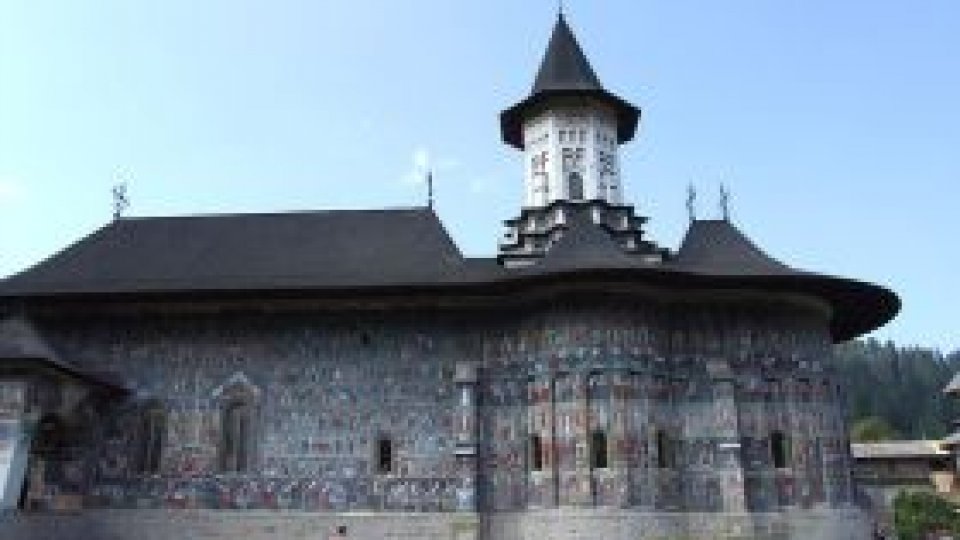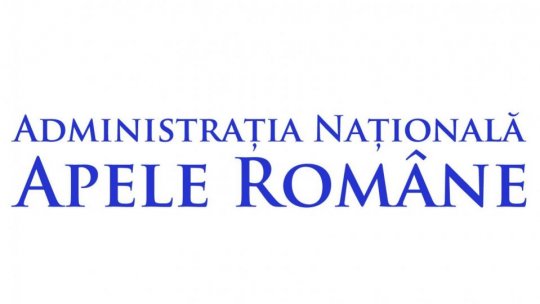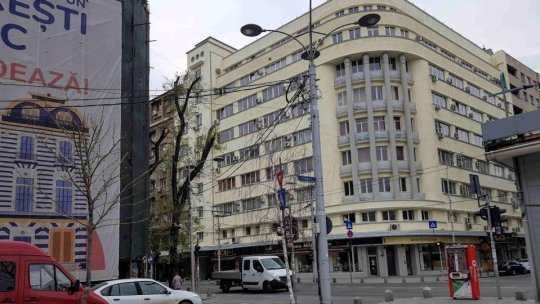Suceviţa on the UNESCO heritage list
As of Sunday, the Sucevita monastery, in the north, is on the list of over 900 sites of exceptional universal value from 148 countries.

03 August 2010, 15:22
Romania has a new site on the UNESCO world heritage list. As of Sunday, the Sucevita monastery, in the north, is on the list of over 900 sites of exceptional universal value from 148 countries.
The most outstanding part of this monastery is the Resurrection Church whose interior and exterior wall painting dates from the 15th and the 16th centuries.
Its exterior painting is in fact the best preserved in the group of famous monasteries in northern Romania, most of which are already on the UESCO world heritage list and have been awarded the Golden Apple award from the International Federation of Travel Journalists for their artistic value.
The predominant colour of the frescoes in Sucevita is green, as opposed to blue in Voronet and red in Humor.
Michelangelo vs. Ioan and Sofrone
At a time when Michelangelo wrote that frescoes are the most difficult and daring of paintings, the Romanian artisans Ioan and Sofronie created a work that can be easily compared with the European masterpieces.
The northern side of the church in Sucevita features a composition called “The Ladder of Virtues”, a Biblical narrative with an educational message characteristic of post-Byzantine art in these parts of Europe, in an area that gave the world the so-called Moldavian Renaissance.
Almost the entire north-eastern Romania is scattered with monasteries and churches. The most valuable examples were built during the times of the Romanian rulers Stephen the Great and Peter Rares, in the 15th and the 16th centuries.
Other Romanian sites on the UNESCO list are the Danube Delta Biosphere Reserve in the south-east, the group of fortified churches and villages in Transylvania, in the centre, the Horezu Monastery in the south, the Dacian fortresses in Orastie, in the centre, the wooden churches in the north-west, and the historic centre of Sighisoara, in the centre.
Inclusion on the UNESCO world heritage list is very important economically, especially for developing states, as it usually brings about an increase in the number of tourists and maintenance funds.
The international recognition of the sites also implies a number of urban planning constraints. Unless these constraints are respected, the respective site may be removed from the UNESCO list.
Sucevita Monastery is located at a distance of 56 km from Suceava, the capital of the Suceava county, and can be reached by car from the European roads E85 and E 58, by train, on the Bucharest-Cernauti-Lviv route or by plane.
(Radio România Internaţional, Serviciul în limba engleză).













